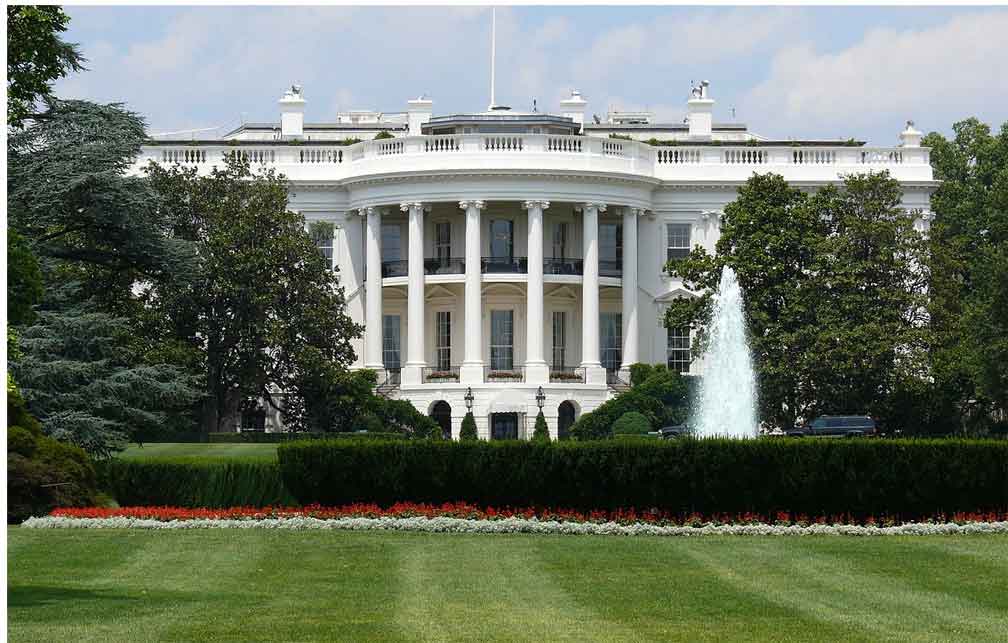the President Power of appointment

The White House
The President has the power to appoint Supreme Court justices, ambassadors and other government officials. After the President appoints individuals, the Senate must confirm them.
Under Article II, Section 2 of the Constitution: "The President ... shall have power, by and with the consent of the Senate, to make treaties, provided two thirds of the Senators present concur; and he shall nominate, and, by and with the advice and consent of the Senate, shall appoint ambassadors, other public ministers and consuls, judges of the Supreme Court, and all other officers of the United States, whose appointments are not herein provided for, and which shall be established by law."
Except for certain positions in the White House itself, presidential appointments require the confirmation of the Senate. The vast majority of federal jobs, however, are covered by the Civil Service, so that they are not subject to presidential appointments.
Presidential power to remove appointees was hotly debated in the first session of Congress, since the Constitution is silent on this issue. Some Senators argued that the Senate's concurrence should be required for the removal of appointees that had required senatorial confirmation. Others held that executive power had to include the power to remove. Finally, Congress decided to grant President Washington the power to remove all appointees except judges. In 1867, Congress passed the Removal Act, which forbade Johnson from removing federal officers. When he went ahead and removed his Secretary of War, the House of Representatives impeached him. The Senate, however, failed to convict Johnson. Today, the President has the authority to remove all presidential appointees, except judges.
The Supreme Court spoke for the first time in 1926 in the case of Myers v. United States, in which it held that an 1876 law requiring the President to receive the approval of the Senate before removing a postmaster was unconstitutional. The Supreme Court did put limits on the removal powers of the President when it ruled in favor of the estate of William Humphrey, who had been removed by office by President Franklin D. Roosevelt. The Supreme Court stated that the Federal Trade Commission (FTC), in which Humphrey worked, was a quasi legislative branch and, thus, the Congress could set specific terms for the removal of officers of those agencies.
 >
>